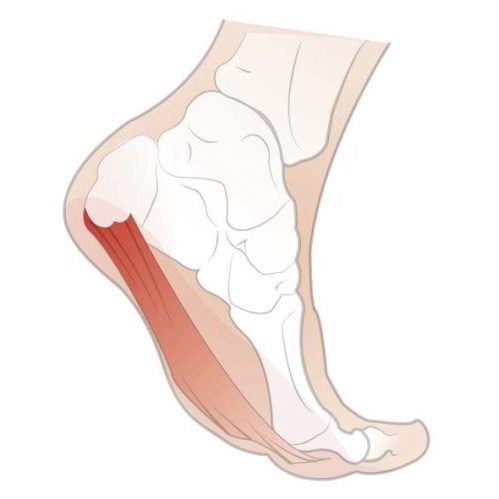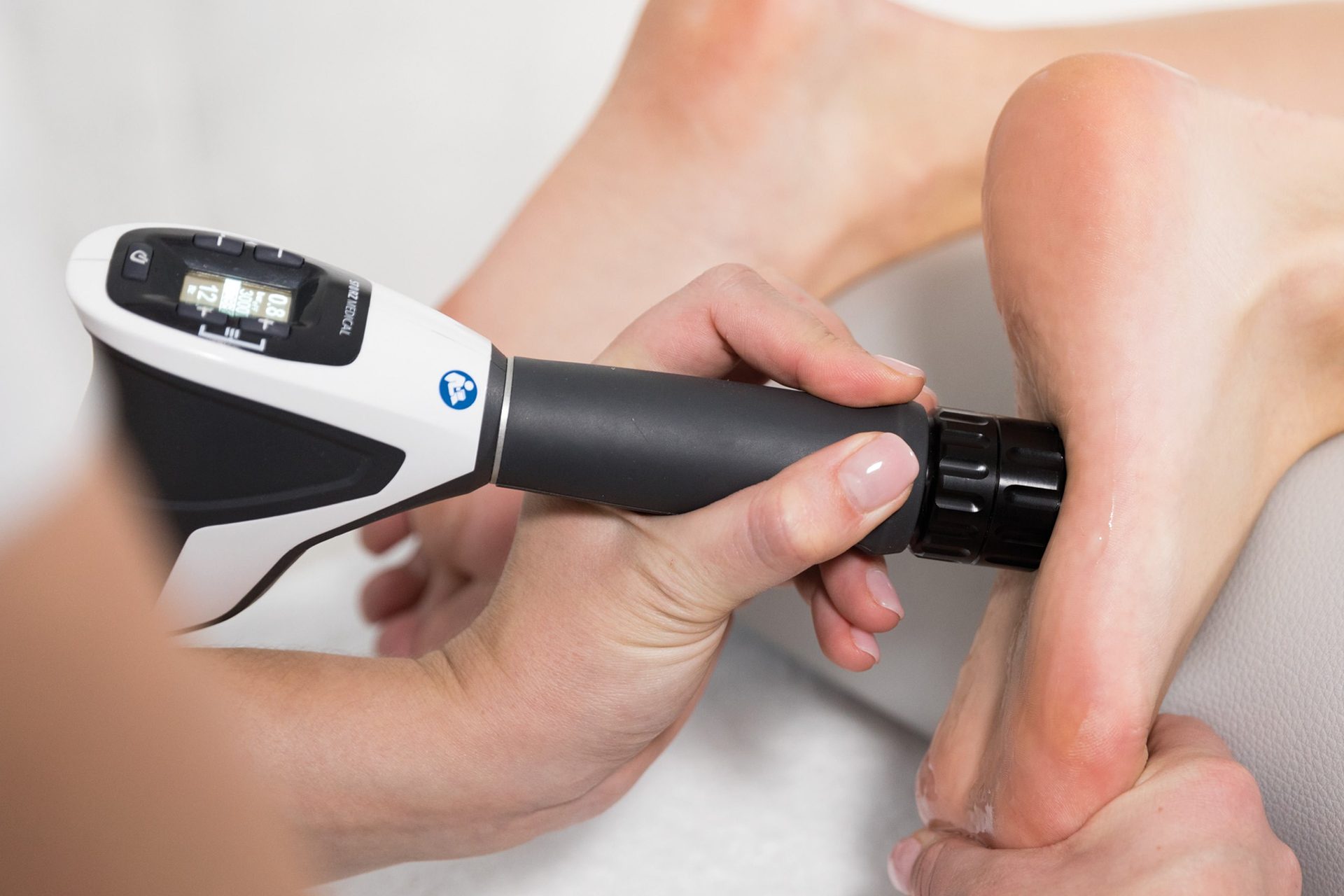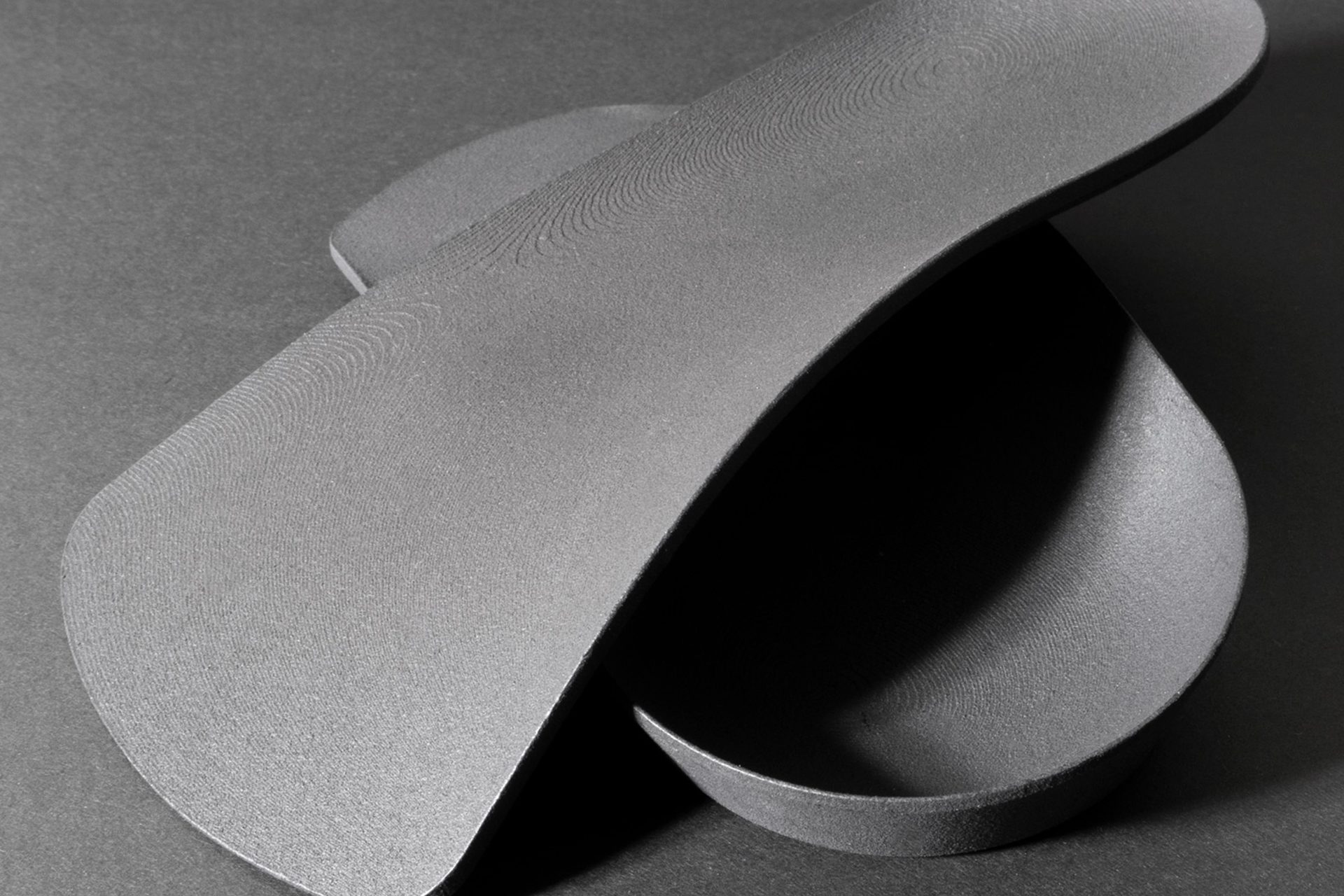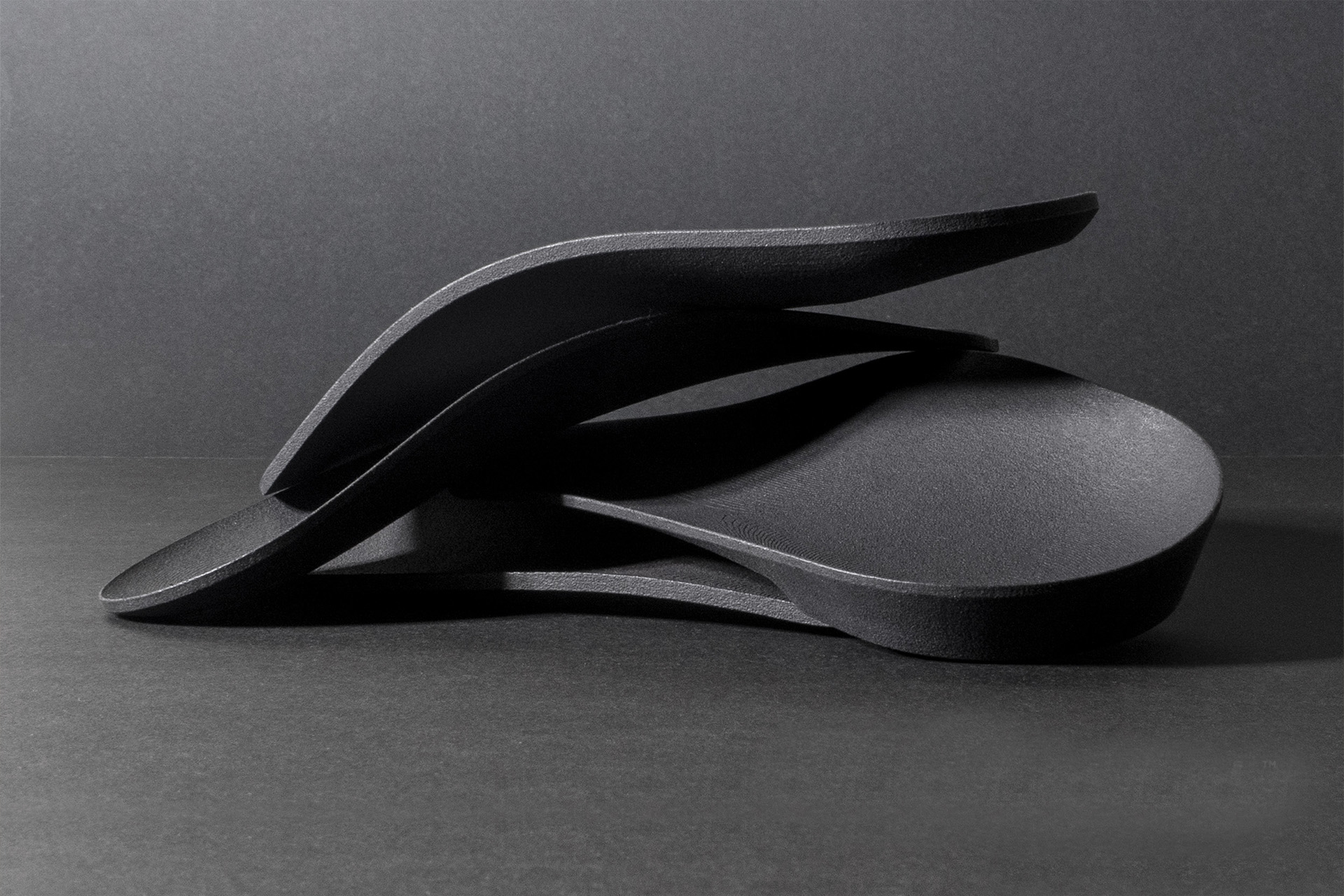Don’t wait until the heel pain becomes debilitating. If the right warning signs are caught early, your plantar fasciitis treatment can help you avoid any long-term conditions in your feet that present as other injuries elsewhere in body .
Plantar fasciitis (plantar heel pain) is a musculoskeletal disorder affecting the fascial insertion into the heel bone.
Plantar fasciitis is thought to have been attributed to biomechanics origin and is linked to increased body mass index and lower limb biomechanical anomalies. The heel pain is a common ailment and anti-inflammatory drugs will not help the condition to heal.
Plantar fasciitis is a condition that is currently not well understood. However, it is more common in runners and those who are overweight. Did you know that ‘itis’ in clinical terms means ‘inflammation’ of the plantar fascia? It may be incorrect to use the term if the condition is due to the breakdown of tissues (plantar fasciosis) and not inflammation. Plantar fasciopathy would be the correct overarching term for the condition, but it is little used.

Other injuries are often misdiagnosed as plantar fasciitis, such as heel pad atrophy and pain due to neural origins, calcaneal fractures and other soft tissue injuries. Seeking advice from a qualified healthcare practitioner like a podiatrist or foot doctor can help you with the right diagnosis to get the right treatment needed for pain-free movement.
You don’t have to live with heel pain. The most important aspect of treatment is to seek a professional assessment from a podiatrist as soon as possible, before the condition worsens.
To prevent plantar heel pain, your podiatrist may provide you with the following:
- Assist you with taping, where adhesive tape is used to provide the foot with more support.
- Design prescription or custom made insoles for plantar fasciitis.
- Teach you stretches for plantar fasciitis and your calf muscle stretches to relieve the pain.
- Advice you on both your running shoes and non-athletic daily footwear. Inadequate support either with high heels or uneven distribution of your weight in the sole can exacerbate plantar pain.
- Provide Shockwave Therapy, to help alleviate heel pain in patients and have been unaffected by conventional treatments.
- Assess your body to see if your weight or posture is compounding the issue.
How to Alleviate Pain from Plantar Fasciitis: Effects and Treatment
During walking, running and standing, the plantar fascia acts as a cushion and stabiliser to brace the arch of the foot. However, when there is too much pressure on the plantar ligament like when carrying more body weight, when the pressure increases suddenly due to weight gain (e.g. pregnancy), or when the pressure is overly repetitive as in long-distance running.
Plantar heel pain can make everyday activities like walking difficult and running beyond uncomfortable. In fact, heel pain can be caused by any activity – even cycling – that engages the feet and arches. It can be a frustrating condition to live with, but there are many treatments available.
Diagnosis often heavily relies upon clinical signs, such as pain in the heel after periods without any activity, like waking up in the morning, or that same pain fading through the day but increasing during exercise.
And if you’re experiencing heel pain when running, read our article about whether footwear plays a role and the top 5 shoe recommendations from our lead podiatrist Tim Maiden.

Initial treatments work to reduce pain by reducing activity and standing in addition to using foot arch support insoles in the shoes. Anti-inflammatory drugs may also be prescribed to reduce possible inflammation. Fortunately, it has been reported that most patients respond to conservative treatment [1] like orthotic therapy, Shockwave Therapy, foot activation exercise, etc. to help alleviate pain.
Why Big Toe Facilitation Matters to Prevent Plantar Fasciitis
Plantar fasciitis, which can stem from pronation, can result in increased excessive foot pronation. Pronation of the subtalar joint, near the ankle, everts the calcaneus – the bone within the heel – thereby increasing the intrafascial tension and worsening the initial condition.
The big toe, or hallux, is essential to foot health. The hallux controls the arch of the foot and maintains stability, ensuring that when the foot strikes the ground with each step, the impact is distributed evenly across the foot.
Your hips and legs connect to the ground through your feet, so each step’s impact affects the efficiency of your gait. If your hallux isn’t working as it’s meant to, that impact can get sent through your leg the wrong way, affecting tissues not accustomed to those forces. Over time, those repeated traumas lead to injury.
To go deeper into why the hallux matters for your gait, it’s worth understanding the mechanism with which it assists the leg in stepping. That mechanism is called the windlass mechanism, where the hallux pulls on the plantar fascia of the foot, creating tension. This tension raises the arch, stiffens the foot and enables a strong push-off. The stiffness makes the foot a rigid lever, while the plantar fascia pushes against the ground, making for a healthy step. [2]
One cause of plantar fasciitis is the prolonged pronation or flattening of the foot arch increasing the strain on muscles and ligaments. People with pronation problems have a more flexible, lower-arched foot. Effective treatment depends on controlling pronation. Excessive pronation can be caused by muscle weakness, tight Achilles tendons, as well as abnormal foot structures.
Stretches for Plantar Fasciitis Injury
The key message to patients who suffer from this condition should be that they must perform exercises or their symptoms will reappear. These can include high-load strength training.
High-load strength training may help to reduce pain and improve function more quickly. A simple progressive protocol performed every other day results in better self-reported outcomes than plantar fascia-specific stretching. A couple of plantar fascia stretches may include:
- Pulling back the big toe and massaging the foot arch
- Heel raises with the toes elevated under a towel
Remember that before you begin any exercise or stretching, we highly suggest that you make an appointment with a specialized healthcare provider to properly diagnose your condition. Self-diagnosing and treatment can lead to further complications and injuries down the road.
Where to Buy Orthotic Insoles for Plantar Fasciitis in Singapore
One of the common treatments for plantar fasciitis is to use orthotics in an attempt to address imbalances during walking gait or foot strike. Orthopaedic insoles for plantar fasciitis can help with your pain, and prevent your condition from getting worse. Custom orthotic insoles raise the medial longitudinal arch of the foot to immediately relieve patients of pain as it reduces tissue stress during standing and ambulation.

In addition to orthotic therapy, stretching exercises to facilitate big toe activation is effective for reducing inflammation and providing relief from the discomfort associated with plantar fasciitis.
If you’re wondering if over-the-counter or custom-made is the best orthotic insoles for plantar fasciitis, read our article about the benefits of prescribed insoles versus store-bought. One of the best arch support insoles for plantar fasciitis in Singapore is The Foot Practice’s carbon fibre insoles by Footworks podiatric laboratory.
Plantar fasciitis is a cause of chronic pain under the heel and bottom of the foot and is one of many conditions that affect the foot. It’s important to deal with plantar fasciitis as it arises, as studies suggest if it is left unattended, it can lead to a vicious cycle. When your foot is affected, your daily activities and your exercise routines can be greatly hampered.
Stretching, in conjunction with custom-made orthotics for plantar fasciitis from The Foot Practice, can bring you on the path to recovery. Make your appointment with The Foot Practice today so we can figure out what is the best way to support you and your foot, whether it be custom insoles, stretching exercises, or other means of healing.
———-
Sources
[1] Yu H., Randhawa K., Côté P., Optima C. The effectiveness of physical agents for lower-limb soft tissue injuries: a systematic review. Journal of Orthopaedic and Sports Physical Therapy. 2016;46(7):523–554. doi: 10.2519/jospt.2016.6521
[2] Bolgla LA, Malone TR. Plantar fasciitis and the windlass mechanism: a biomechanical link to clinical practice. J Athl Train. 2004;39(1):77-82.






